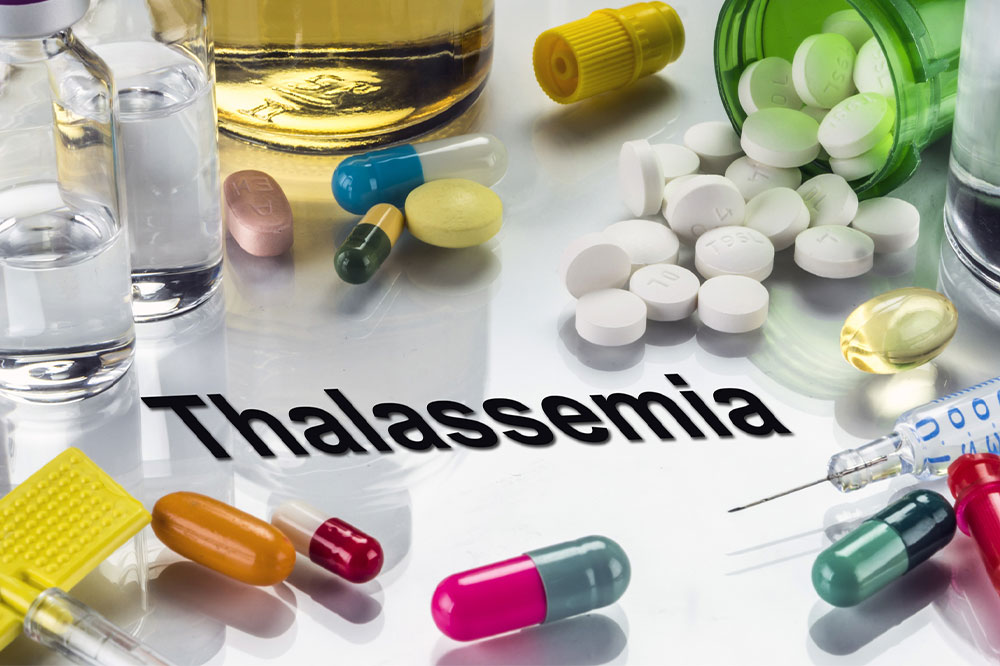
Alpha thalassemia – Types, symptoms, diagnosis and more
Thalassemia is a heredity blood disorder in which hemoglobin’s protein part shows the presence of abnormalities. The condition is most prevalent in Mediterranean countries, Africa, and Asia. This disorder negatively impacts the red cells, which fail to function normally, resulting in compromised functioning. The condition is often diagnosed because of the presence of prolonged and untreated anemia. Alpha thalassemia is the type of thalassemia where the alpha-globin chains of hemoglobin are damaged.
Types of Alpha Thalassemia
- Silent carrier
A person who shows modification or absence of one hemoglobulin gene out of the four present is an alpha thalassemia silent carrier. In this type of thalassemia, the other three 4-alpha globin genes that form a vital part of the hemoglobin molecules are normal. Being a silent carrier entails the patient leading their life normally without any signs and symptoms of the condition. However, there is the possibility of passing on the gene to the next generation. The presence or absence of this condition in future generations can be confirmed via blood tests or even DNA tests. - Carrier
Like in the previous case, an alpha thalassemia carrier is the patient with two defective or missing genes out of the four present. This makes the hemoglobin molecules and subsequently RBCs weaker, leaving the patient prone to health complications. One of the most common symptoms of being an alpha thalassemia carrier is the anemia it brings along. - Hemoglobin H disease
The patients afflicted with this type of alpha thalassemia pose issues with three out of the 4-alpha globin genes that form the hemoglobin molecule. In this type, anemia is one of the most common symptoms of the condition. It can range from moderate to severe and can worsen with fever. Other signs and symptoms also tend to worsen once the fever strikes. This type of blood disorder also calls for frequent and necessary blood transfusions. Passing on the gene to future generations is also a greater possibility. - Major
The most dangerous type of alpha thalassemia, this condition results from all four alpha-globin genes being damaged or absent. It leads to severe anemia and the production of damaged and unusable hemoglobin molecules. Most alpha thalassemia major patients are lost before they are born. The rare cases that successfully survive have a long road full of transfusions and other symptoms ranging high in severity.
Symptoms
- Silent carrier
Patients with this first type of alphas thalassemia do not experience any warning signs or symptoms. The RBCs tend to function normally as the damage is minimal in this type. - Minor
Alpha thalassemia minor patients may or may not present with signs indicating the presence of the condition. The usual symptoms include mild anemia, fatigue, dizziness, shortness of breath, headache, pale skin, and more. - Hemoglobin H disease
Since this type of alpha thalassemia patients present with significant damage to normal RBC production, the symptoms may also be severe. These include fatigue, severe anemia, poor appetite, pale skin, bone problems, dark urine, enlargement of organs like the spleen, liver, and heart, and other signs. - Major
Babies that are detected with alpha thalassemia major do not make it to birth.
Diagnosis
Thalassemia is often noted in greater numbers in people from Asia, Africa, the Middle East, and the Mediterranean regions. However, not every single person in these regions shows the signs of the presence of the condition. The following tests can be used to detect whether or not a person has a blood disorder:
- Silent Carrier
Alpha thalassemia silent carriers do not show any indications or changes in a complete blood count (CBC) test. These patients often are declared positive when they give birth to a baby with HbH disease. However, genetic or DNA testing can help confirm or deny the presence of the condition. - Minor
A routine CBC checkup has the potential to bring forth the indication of the presence of the condition. It can also be diagnosed in a newborn baby’s screening tests. The tests can confirm the presence of mild to moderate anemia along with smaller than normal RBCs. If the possibility of iron deficiency and beta anemia are eliminated, it leaves the doctors with the diagnosis of alpha thalassemia minor. - Hemoglobin H disease
A doctor can detect the presence of this condition with the help of a newborn baby’s screening tests. Alternatively, it can even be diagnosed later when the patient shows signs of anemia. Most patients diagnosed with HbH disease need to be monitored carefully and periodically by hematologists and follow their treatment plan diligently.
Pregnant patients need to get their babies tested with the help of amniocentesis to help rule out the possibility of the condition. If the condition is detected, the doctors can take the necessary steps to make the baby’s birth a success.
The treatment of alpha thalassemia is dependent on the symptoms and the type of condition. Options include iron chelation therapy, blood transfusions, folic acid doses, splenectomy, and more.




